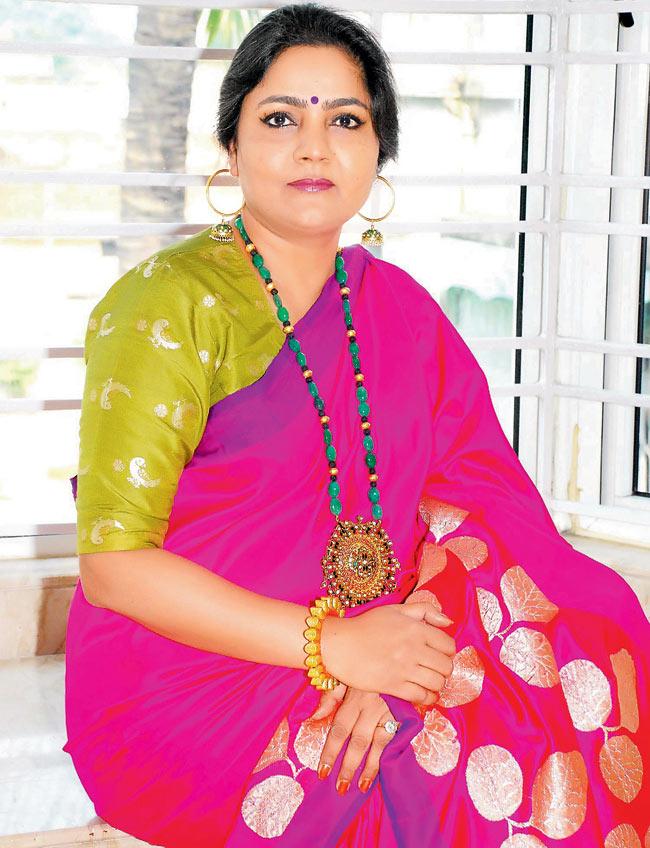Swati Agarwal and Sunaina Jalan will soon showcase their Benarasi saree collection in Mumbai. Their brand, SNNA, tries to revive traditional, vanishing Benarasi weaves, finds Nikshubha Garg

SNNA
Sarees have always been fashionable in Swati Agarwal’s eyes. The 37-year-old entrepreneur grew up in a Marwari family, around women who wore sarees effortlessly. “However, much later, I noticed that the quality of Benarasi sarees was deteriorating. My business partner, Sunaina Jalan, and I decided to look into the matter and began visiting museums and libraries in Delhi to read up on Benaras’s handlooms,” says Agarwal. The duo travelled to Benaras, spoke to locals there and found that lack of job security amid craftsmen was killing beautiful, traditional weaves. “We founded SNNA in 2007 to revive dying Benarasi weaves,” explains Agarwal. Excerpts from the interview:
ADVERTISEMENT

A model showcases a saree by SNNA
Q. What kind of sarees do you design? What inspired you to design them for the Mumbai exhibition?
A. We design Benarasi sarees which cater to the younger generation and women who prefer traditional weaves. For the latter, we stick to weaves such as Shikargaha, KhimKhwab, Kadhwa, Chaar Taar and Dampach. For the Mumbai exhibition, the sarees are inspired from Mughal textiles and the Safavid Dynasty of Iran.

Designer Swati Agarwal
Q. Tell us about the vanishing looms of Benaras.
A. Traditional Benarasi handlooms are called pit looms. Over the years, these have been taken over by power looms as the former are labour-intensive and more expensive to manage. Power looms, on the other hand, are cheaper to run, but the quality deteriorates because the sarees are mass produced. We only use pit looms to maintain the authenticity of the weaves.
Q. How does your collection stand apart from others?
A. Our USP is that we design a saree in only one colour per design. Also, we make only 16 sarees per design, which makes our sarees exclusive.
Q. Tell us about the challenges you face while working with pit looms?
A. It is difficult to get weavers to work for us. Since pit looms are on the verge of dying and workers grapple with job security, they found it very difficult to trust us back then. Now, the problem is that many people in Benaras go to these weavers directly and purchase sarees at a lower cost.
The exhibition will take place between October 8-10 at all Vaya outlets.
 Subscribe today by clicking the link and stay updated with the latest news!" Click here!
Subscribe today by clicking the link and stay updated with the latest news!" Click here!






